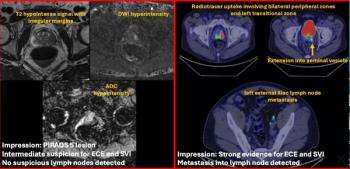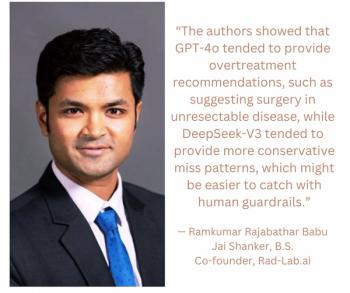
Optical brain imaging uncovers secret of newborn’s first words
A new study could explain why “daddy” and “mommy” are often a baby’s first words. The human brain may be hard-wired to recognize certain repetition patterns.
A new study could explain why "daddy" and "mommy" are often a baby's first words. The human brain may be hard-wired to recognize certain repetition patterns.
Using the latest optical brain imaging techniques, University of British Columbia postdoctoral fellow Judit Gervain and a team of researchers from Italy and Chile documented brain activities of 22 newborns (two to three days old) exposed to recordings of made-up words.
The researchers mixed words that end in repeating syllables - such as "mubaba" and "penana" - with words without repetition - such as "mubage" and "penaku." They found increased activity in the temporal and left frontal areas of the newborns' brain whenever the repetitious words were played. Words with nonadjacent repetitions ("bamuba" or "napena") elicited no distinctive responses from the brain.
The study appears in the Aug. 26 online early edition of the Proceedings of the National Academy of Sciences.
"It's probably no coincidence that many languages around the world have repetitious syllables in their 'child words': baby and daddy in English, papa in Italian, and tata (grandpa) in Hungarian, for example," Gervain said.
The research was conducted while Gervain practiced in the infant studies center of UBC's psychology department.
Scientists have studied how older children and adults acquire grammatical structures. This study is one of the first on a newborn infant's innate ability to decipher structural patterns in language.
"The language center of most right-handed adults is located on the left side of the brain," said Gervain in a release. "This is consistent with our findings with newborn babies and supports our belief humans are born with abilities that allow us to perceive and learn our mother tongue systematically and efficiently."
The study found brain areas that are responsible for language in an adult do not "learn" how to process language during development. Rather, they are specialized - at least in part - to process language from as early as birth.
Newsletter
Stay at the forefront of radiology with the Diagnostic Imaging newsletter, delivering the latest news, clinical insights, and imaging advancements for today’s radiologists.




























